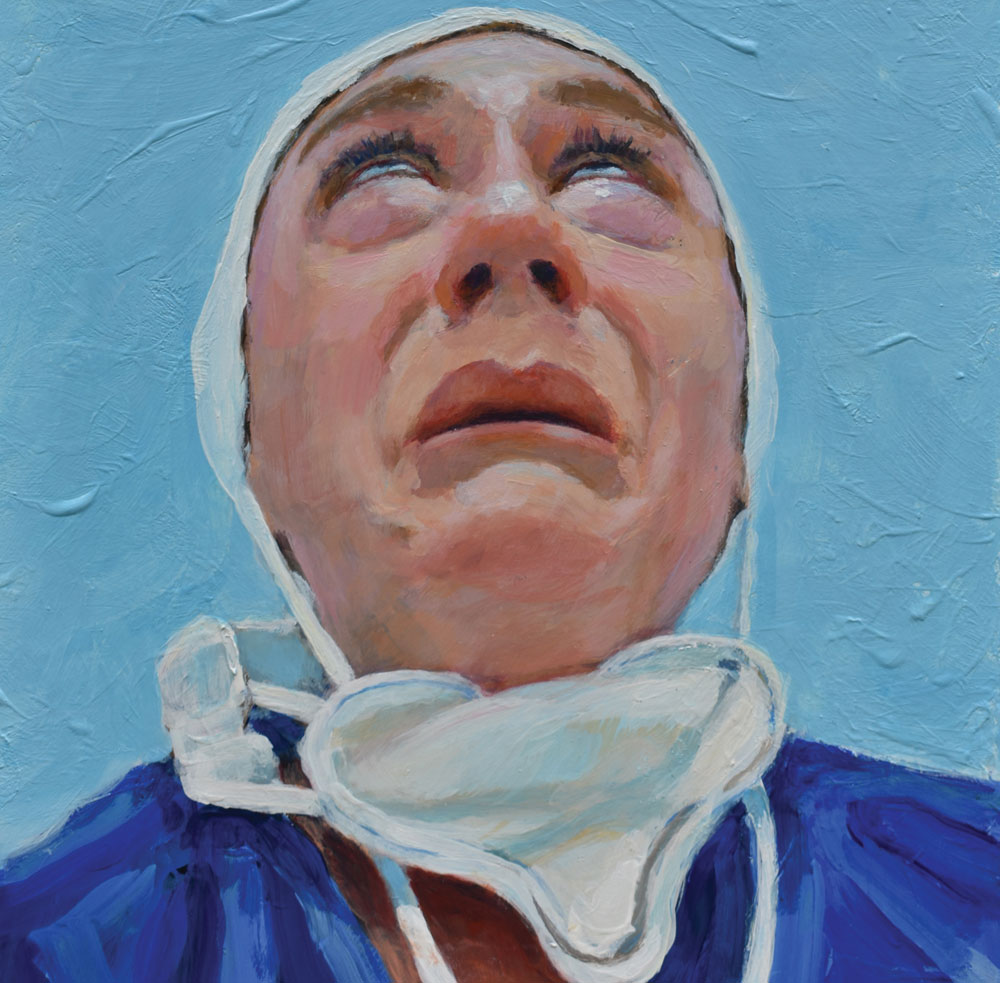December 12, 2011; Source: New York Times | One of the problems plaguing school reform here in the United States is that it can’t get out of its own way in terms of blowing up some basic assumptions. Longer school days? Less play time, art, and music? More testing? And then here comes Finland—which does not start formal education before the age of 7, believing that it violates children’s rights to be children, and does not implement testing or homework until well into puberty. Gadzooks! Do they not care about their children’s achievement?
This flies in the face of the ever more compulsive testing done in the United States to assure ourselves that our system is still underperforming. But Finland has scored close to the top of the OECD, a well-respected test measuring education systems across 28 countries, scoring first in reading, fourth in math and third in science, while the United States ranked a disturbing fifteenth in reading, nineteenth in math, and twenty-seventh in science.
Critics of those deifying Finnish education say that the lessons of that system are not portable to the United States, which is more diverse and so very much larger. Also, Finland has a very low poverty rate.
But some continuing to suffer from Finlandophilia, like Linda Darling-Hammond, an education professor at Stanford who is quoted in this article as saying:
Sign up for our free newsletters
Subscribe to NPQ's newsletters to have our top stories delivered directly to your inbox.
By signing up, you agree to our privacy policy and terms of use, and to receive messages from NPQ and our partners.
The fact that we have more race, ethnicity and economic heterogeneity, and we have this huge problem of poverty, should not mean we don’t want qualified teachers—the strategies become even more important. . . . Thirty years ago, Finland’s education system was a mess. It was quite mediocre, very inequitable. It had a lot of features our system has: very top-down testing, extensive tracking, highly variable teachers, and they managed to reboot the whole system.
Darling-Hammond says that the turning point for the system was in the ’70s, when the government made the decision that all teachers would need master’s degrees and that the country would pay to see that happen.
The test also surveyed students about whether they “consider school a place where they do not want to go.” With 46 percent, Belgium had the highest proportion of reluctant students, followed by Canada (37 percent), France (37 percent), Hungary (38 percent), Italy (38 percent), and the United States (35 percent).
Of course, that may have everything to do with our cultural attitudes. “The first six years of education are not about academic success,” says Pasi Saldberg, a Finnish educator and author. “We don’t measure children at all. It’s about being ready to learn and finding your passion.”—Ruth McCambridge













